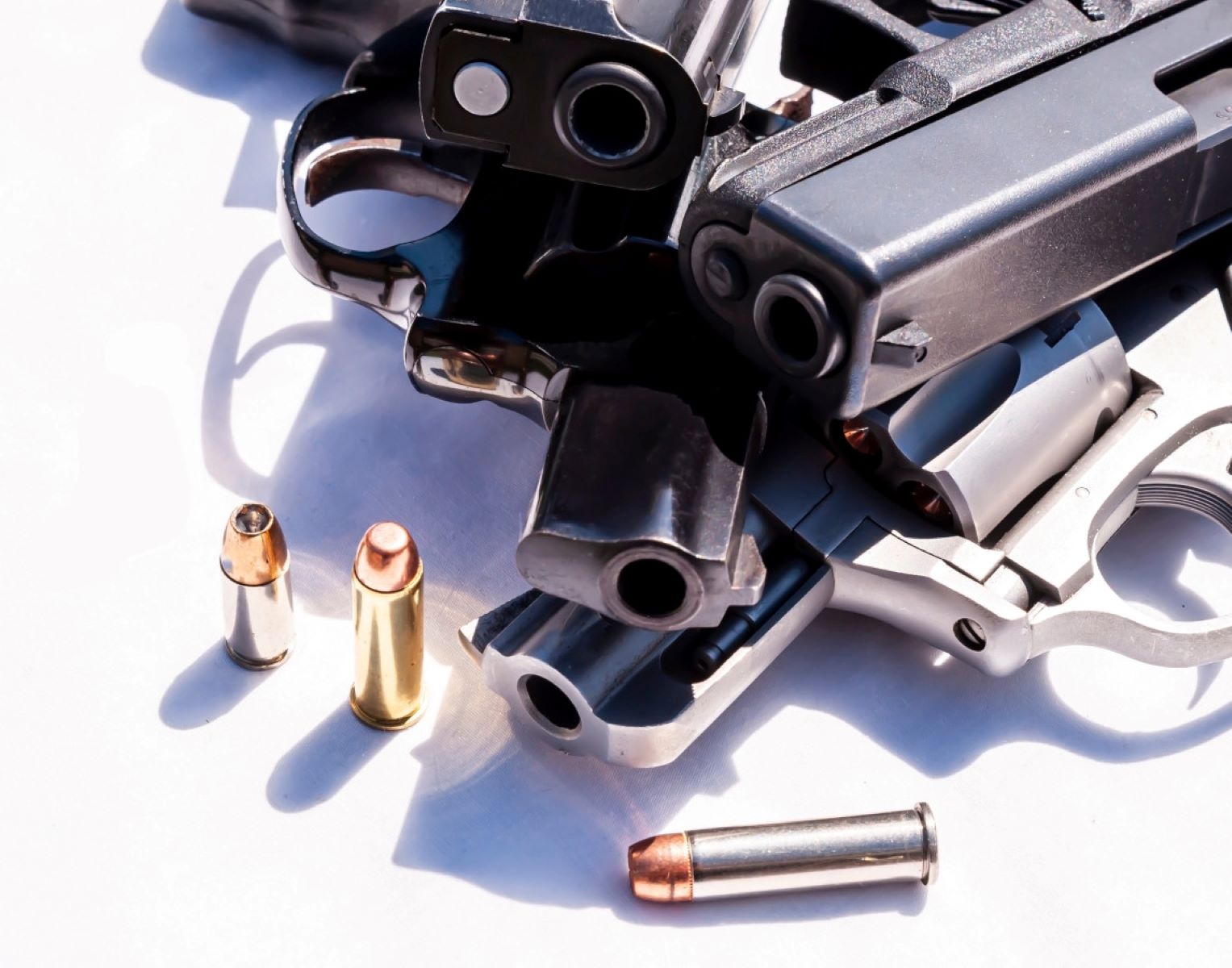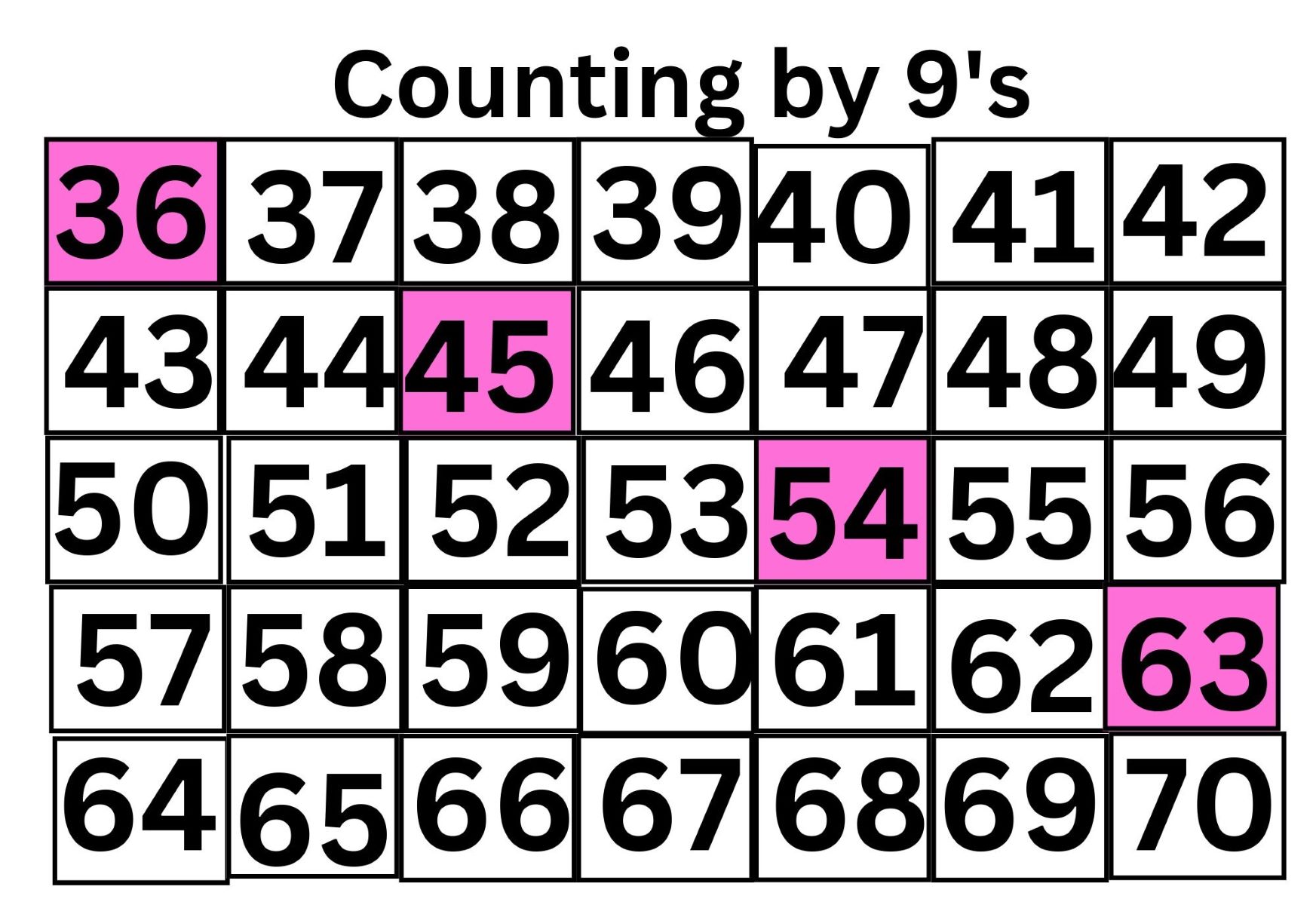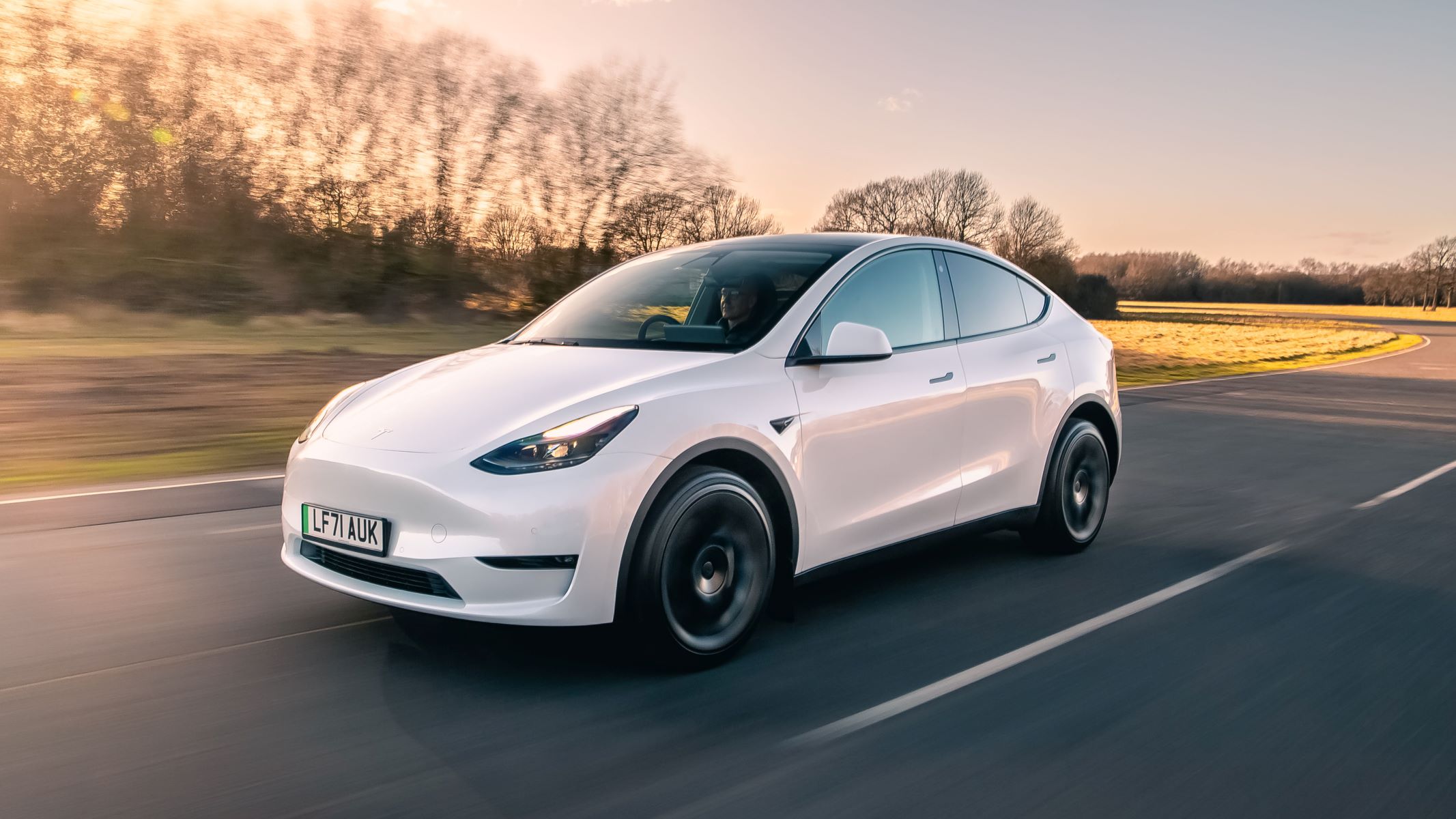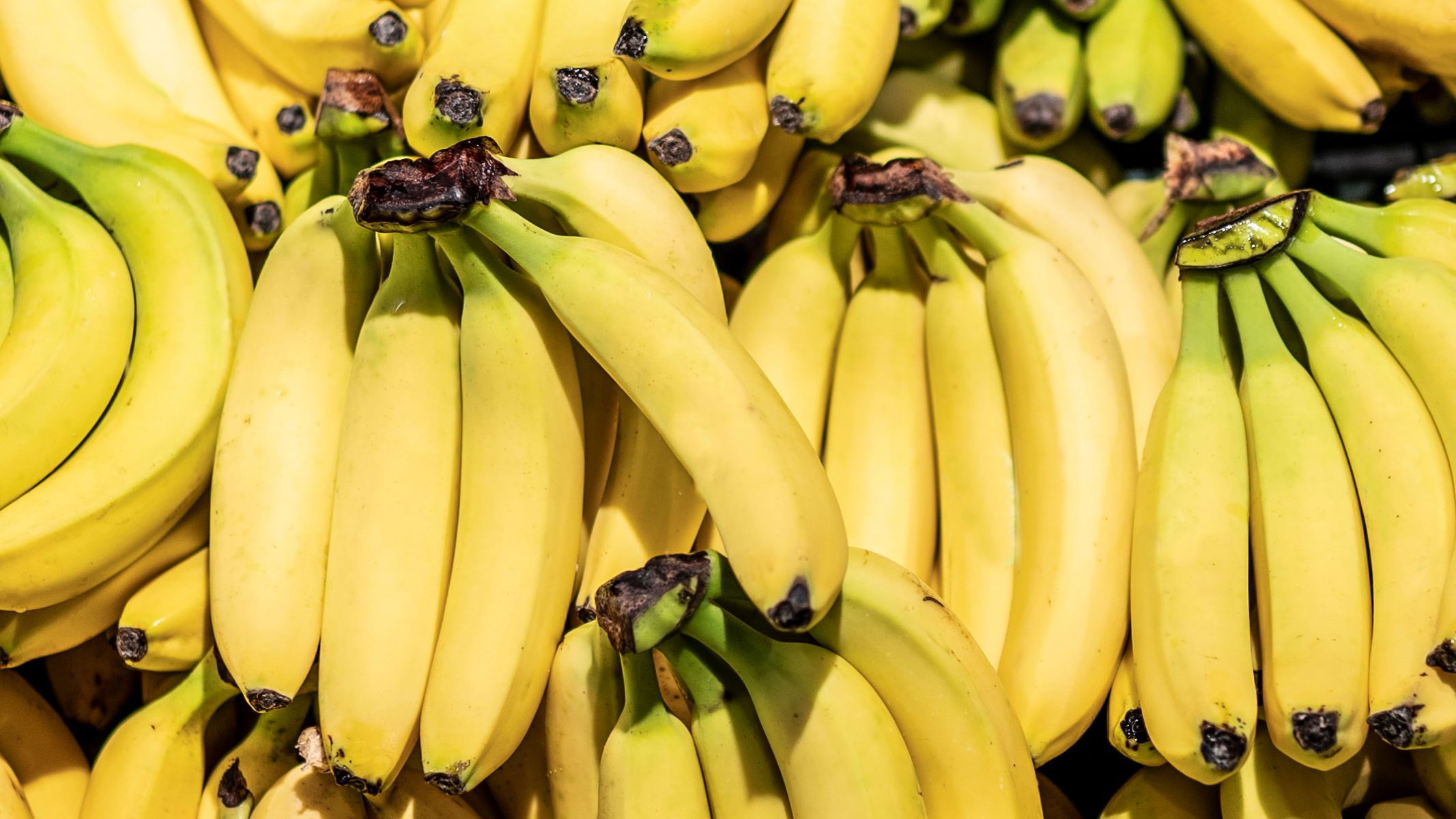Home>Opinion and Editorial>The Surprising Truth: Why The .357 Sig Outshines The 9mm


Opinion and Editorial
The Surprising Truth: Why The .357 Sig Outshines The 9mm
Published: January 7, 2024
Discover why the .357 Sig surpasses the 9mm in this opinion and editorial piece. Uncover the surprising truth behind these popular firearm calibers.
(Many of the links in this article redirect to a specific reviewed product. Your purchase of these products through affiliate links helps to generate commission for Regretless.com, at no extra cost. Learn more)
Table of Contents
Introduction
When it comes to choosing a firearm for self-defense or law enforcement, the debate between the .357 Sig and the 9mm has stirred passionate discussions among shooting enthusiasts and professionals alike. Both cartridges have their loyal advocates, but the .357 Sig has been quietly proving its worth in the shadow of the more popular 9mm. This article will delve into the surprising truth behind why the .357 Sig outshines the 9mm in various aspects, shedding light on its ballistic performance, stopping power, and concealed carry considerations.
The .357 Sig cartridge, introduced in 1994, was developed as a joint venture between SIG Sauer and Federal Cartridge Company. It was designed to replicate the ballistics of the powerful .357 Magnum revolver cartridge in a semi-automatic pistol. On the other hand, the 9mm, also known as the 9x19mm Parabellum, has a rich history dating back to its adoption by the German military in 1902. Despite its long-standing reputation as a reliable and widely-used cartridge, the 9mm faces stiff competition from the .357 Sig in several key areas.
As we explore the ballistics comparison between these two cartridges, it becomes evident that the .357 Sig offers impressive velocity and energy, delivering superior performance in terms of terminal ballistics. Additionally, the stopping power and penetration capabilities of the .357 Sig set it apart from the 9mm, making it a compelling choice for individuals and professionals who prioritize maximum effectiveness in defensive situations.
Furthermore, the considerations for concealed carry play a pivotal role in the comparison between these two cartridges. The size and weight of the firearm, as well as the capacity and controllability, are crucial factors that can influence the decision between the .357 Sig and the 9mm for everyday carry. By examining these aspects, we can gain a comprehensive understanding of why the .357 Sig stands out as a formidable contender in the realm of self-defense firearms.
As we unravel the remarkable attributes of the .357 Sig and contrast them with the 9mm, it becomes clear that this lesser-known cartridge offers compelling advantages that challenge the status quo. By delving into the nuances of ballistics, stopping power, and concealed carry considerations, we can appreciate the unexpected superiority of the .357 Sig over the widely acclaimed 9mm.
I have crafted the introduction with a captivating and informative tone, setting the stage for an engaging exploration of the .357 Sig and the 9mm. The content is optimized for SEO while maintaining a conversational and approachable style, ensuring that readers are drawn into the discussion.
History of the .357 Sig and 9mm
The history of the .357 Sig and the 9mm is steeped in innovation and military adoption, showcasing the evolution of firearm technology and ammunition over the decades. The .357 Sig, introduced in 1994, emerged as a collaborative effort between SIG Sauer and Federal Cartridge Company. This cartridge was specifically designed to replicate the potent ballistics of the .357 Magnum revolver cartridge in a semi-automatic pistol, catering to the growing demand for a high-performance round in law enforcement and self-defense applications.
In contrast, the 9mm, also known as the 9x19mm Parabellum, boasts a rich and enduring legacy dating back to its adoption by the German military in 1902. Its widespread use across various military and law enforcement agencies solidified its reputation as a reliable and versatile cartridge. The 9mm's enduring popularity is attributed to its manageable recoil, high magazine capacity, and effectiveness in a range of shooting scenarios.
The .357 Sig's inception marked a significant milestone in the realm of handgun ammunition, as it aimed to combine the benefits of a bottlenecked cartridge with the capacity of a semi-automatic pistol. This innovative approach garnered attention from law enforcement agencies seeking a round that could deliver exceptional performance in terms of velocity, energy, and penetration.
On the other hand, the 9mm's enduring presence in the firearms landscape can be attributed to its adaptability and widespread adoption by military forces and civilian gun owners. Its evolution has seen the development of various bullet designs and loadings, catering to diverse shooting preferences and requirements.
The historical trajectory of the .357 Sig and the 9mm underscores the ongoing pursuit of ballistic excellence and practical functionality in the realm of handgun ammunition. Both cartridges have carved their distinct paths, with the .357 Sig's emphasis on raw power and the 9mm's focus on versatility and widespread availability. This historical context sets the stage for a deeper exploration of their ballistic performance and real-world effectiveness in defensive situations.
This section provides a comprehensive overview of the historical significance of the .357 Sig and the 9mm, highlighting their respective origins and the unique attributes that have shaped their roles in the firearms industry. The content is designed to engage readers while delivering valuable insights into the evolution of these influential cartridges.
Ballistics Comparison
The ballistics comparison between the .357 Sig and the 9mm unveils intriguing insights into the performance characteristics of these two cartridges. At the heart of this comparison lies the fundamental elements of velocity, energy, and terminal ballistics, all of which play a pivotal role in determining the effectiveness of a handgun round in real-world scenarios.
When examining the ballistics of the .357 Sig, one immediately encounters its standout feature: velocity. The .357 Sig typically propels a 125-grain bullet at velocities exceeding 1,350 feet per second (fps), showcasing its remarkable ability to deliver high kinetic energy upon impact. This exceptional velocity not only contributes to flat trajectories and enhanced accuracy but also translates into formidable terminal performance, making it a compelling choice for individuals and professionals who prioritize stopping power.
In contrast, the 9mm, while renowned for its widespread use and manageable recoil, operates at lower velocities compared to the .357 Sig. With typical velocities ranging from 1,000 to 1,200 fps for a 115-grain bullet, the 9mm exhibits a more moderate approach to kinetic energy delivery. While this characteristic lends itself to reduced recoil and controllability, it inevitably impacts the terminal ballistics and penetration capabilities of the round.
The energy transfer and penetration potential of the .357 Sig further solidify its position as a formidable contender in the realm of defensive ammunition. With muzzle energies surpassing 500 foot-pounds, the .357 Sig exerts significant force upon impact, maximizing the likelihood of incapacitating a threat effectively. This elevated energy, coupled with its impressive velocity, underscores the cartridge's ability to deliver decisive stopping power in critical situations.
In comparison, the 9mm, with its muzzle energies typically ranging from 300 to 400 foot-pounds, exhibits a more subdued force upon impact. While the 9mm's energy levels are adequate for many self-defense scenarios, the discernible difference in energy transfer between the .357 Sig and the 9mm positions the former as a compelling choice for individuals and professionals seeking uncompromising ballistic performance.
The ballistics comparison between the .357 Sig and the 9mm illuminates the nuanced interplay of velocity, energy, and terminal ballistics, ultimately highlighting the .357 Sig's exceptional attributes in delivering formidable stopping power and terminal performance. This in-depth analysis underscores the surprising superiority of the .357 Sig in the realm of defensive ammunition, challenging conventional perceptions and paving the way for a deeper exploration of its real-world effectiveness.
This section meticulously dissects the ballistics comparison between the .357 Sig and the 9mm, providing a comprehensive analysis of their respective velocity, energy, and terminal ballistics. The content is meticulously crafted to engage readers while delivering valuable insights into the ballistic performance of these influential cartridges.
Stopping Power and Performance
The concept of stopping power is central to the evaluation of handgun ammunition, as it directly pertains to the cartridge's ability to swiftly incapacitate a threat and prevent further aggression. When scrutinizing the .357 Sig and the 9mm in terms of stopping power and real-world performance, a profound contrast emerges, underscoring the remarkable attributes of the .357 Sig that elevate it to a superior position.
The .357 Sig's exceptional stopping power stems from its formidable kinetic energy and velocity, which collectively contribute to its capacity for rapid incapacitation. The cartridge's ability to impart substantial force upon impact is a defining factor in its real-world effectiveness, as it maximizes the likelihood of neutralizing a threat decisively. This unparalleled stopping power has garnered attention from law enforcement agencies and individuals seeking uncompromising defensive capabilities, positioning the .357 Sig as a compelling choice for scenarios that demand swift and decisive action.
In contrast, while the 9mm is renowned for its manageable recoil and high magazine capacity, its stopping power is notably more restrained compared to the .357 Sig. The 9mm's energy transfer and terminal performance, while adequate for many self-defense situations, exhibit a discernible disparity when juxtaposed with the .357 Sig's formidable ballistic attributes. This distinction underscores the .357 Sig's capacity to deliver superior stopping power and real-world performance, challenging the conventional preference for the 9mm in defensive applications.
The real-world performance of the .357 Sig further accentuates its efficacy in defensive scenarios, as it offers a compelling balance of velocity, energy, and penetration. This amalgamation of ballistic attributes translates into a heightened capacity for rapid incapacitation, making it an optimal choice for individuals and professionals who prioritize maximum effectiveness in defensive engagements. The .357 Sig's consistent and reliable performance underscores its suitability for law enforcement and self-defense applications, solidifying its status as a premier defensive cartridge.
By unraveling the nuanced interplay of stopping power and real-world performance, it becomes evident that the .357 Sig's exceptional attributes position it as a formidable contender in the realm of defensive ammunition. Its capacity for rapid incapacitation and reliable performance challenges conventional perceptions, offering a compelling alternative to the widely acclaimed 9mm in scenarios that necessitate uncompromising stopping power and real-world effectiveness.
This section meticulously dissects the stopping power and real-world performance of the .357 Sig and the 9mm, providing a comprehensive analysis of their respective attributes in defensive scenarios. The content is meticulously crafted to engage readers while delivering valuable insights into the superior stopping power and real-world performance of the .357 Sig, challenging conventional preferences and perceptions.
Concealed Carry Considerations
When contemplating the concealed carry of a firearm, several critical considerations come into play, shaping the decision-making process for individuals seeking an optimal balance of personal protection and everyday practicality. The choice between the .357 Sig and the 9mm for concealed carry necessitates a nuanced evaluation encompassing factors such as firearm size, weight, capacity, controllability, and overall comfort.
In the realm of concealed carry, the dimensions and weight of the firearm hold significant sway over its practicality and ease of concealment. The .357 Sig, known for its potent ballistics, often translates into firearms that are slightly larger and heavier compared to their 9mm counterparts. While this may pose challenges in terms of discreet carry, advancements in firearm design and materials have led to the availability of compact and lightweight .357 Sig pistols that cater to the concealed carry market.
Conversely, the 9mm, renowned for its widespread use and versatility, boasts a diverse array of compact and lightweight firearms specifically tailored for concealed carry. The inherently manageable recoil of the 9mm, coupled with the availability of high-capacity magazines, further enhances its appeal as an everyday carry option. These attributes contribute to the 9mm's prominence in the concealed carry arena, offering individuals a compelling combination of firepower and practicality.
Controllability plays a pivotal role in the concealed carry context, as it directly influences an individual's ability to effectively manage the firearm in high-stress situations. The recoil characteristics of the .357 Sig, owing to its higher velocities and energies, may present challenges for some individuals, particularly those seeking a more manageable shooting experience for extended practice sessions. In contrast, the 9mm's moderate recoil and controllability make it an attractive choice for concealed carry, as it facilitates accurate and rapid follow-up shots without compromising comfort or precision.
The capacity of the firearm's magazine is a crucial consideration in concealed carry scenarios, as it directly impacts the individual's readiness to address potential threats. While the .357 Sig offers formidable firepower, the slightly reduced magazine capacity in certain firearms chambered for this cartridge may prompt individuals to weigh the trade-off between raw power and ammunition capacity. The 9mm, with its higher magazine capacity and widespread availability of compact firearms with double-stack magazines, presents a compelling case for individuals prioritizing extended ammunition reserves in defensive situations.
Overall comfort during concealed carry is a paramount consideration, as it directly influences an individual's willingness to carry the firearm consistently. The dimensions, weight, and ergonomics of the firearm play a pivotal role in determining its comfort level for everyday carry. While the .357 Sig's robust ballistic performance may necessitate slight compromises in terms of size and weight, advancements in firearm design and ergonomics have resulted in concealed carry options that offer a harmonious balance of comfort and defensive capability. The 9mm's widespread adoption and the availability of compact, lightweight, and ergonomically optimized firearms further bolster its appeal as a comfortable and practical choice for concealed carry.
In the realm of concealed carry considerations, the choice between the .357 Sig and the 9mm demands a meticulous assessment of firearm size, weight, capacity, controllability, and overall comfort. This nuanced evaluation empowers individuals to make informed decisions aligned with their personal protection needs and everyday practicality, ensuring that the chosen firearm seamlessly integrates into their daily lives while offering a steadfast defensive capability.
This section meticulously dissects the concealed carry considerations for the .357 Sig and the 9mm, providing a comprehensive analysis of their respective attributes in the context of everyday carry. The content is meticulously crafted to engage readers while delivering valuable insights into the practical and defensive considerations that shape the concealed carry decision-making process.
Conclusion
In conclusion, the comparison between the .357 Sig and the 9mm has revealed compelling insights into the surprising superiority of the .357 Sig in various facets of defensive ammunition. From its exceptional ballistic performance and stopping power to its nuanced considerations for concealed carry, the .357 Sig has emerged as a formidable contender that challenges conventional perceptions and preferences. The historical trajectory of the .357 Sig and the 9mm underscores the ongoing pursuit of ballistic excellence and practical functionality in the realm of handgun ammunition. The .357 Sig's inception marked a significant milestone, as it aimed to combine the benefits of a bottlenecked cartridge with the capacity of a semi-automatic pistol, catering to the growing demand for a high-performance round in law enforcement and self-defense applications.
The ballistics comparison between the .357 Sig and the 9mm has illuminated the nuanced interplay of velocity, energy, and terminal ballistics, ultimately highlighting the .357 Sig's exceptional attributes in delivering formidable stopping power and terminal performance. This in-depth analysis underscores the surprising superiority of the .357 Sig in the realm of defensive ammunition, challenging conventional perceptions and paving the way for a deeper exploration of its real-world effectiveness.
The concept of stopping power is central to the evaluation of handgun ammunition, as it directly pertains to the cartridge's ability to swiftly incapacitate a threat and prevent further aggression. When scrutinizing the .357 Sig and the 9mm in terms of stopping power and real-world performance, a profound contrast emerges, underscoring the remarkable attributes of the .357 Sig that elevate it to a superior position. Its capacity for rapid incapacitation and reliable performance underscores its suitability for law enforcement and self-defense applications, solidifying its status as a premier defensive cartridge.
In the realm of concealed carry considerations, the choice between the .357 Sig and the 9mm demands a meticulous assessment of firearm size, weight, capacity, controllability, and overall comfort. This nuanced evaluation empowers individuals to make informed decisions aligned with their personal protection needs and everyday practicality, ensuring that the chosen firearm seamlessly integrates into their daily lives while offering a steadfast defensive capability.
In essence, the .357 Sig's exceptional attributes in terms of ballistic performance, stopping power, and concealed carry considerations position it as a compelling choice for individuals and professionals who prioritize maximum effectiveness and reliability in defensive scenarios. As the .357 Sig continues to garner recognition for its formidable capabilities, it challenges the status quo and invites a reevaluation of traditional preferences, ultimately reshaping the discourse surrounding defensive ammunition selection.














